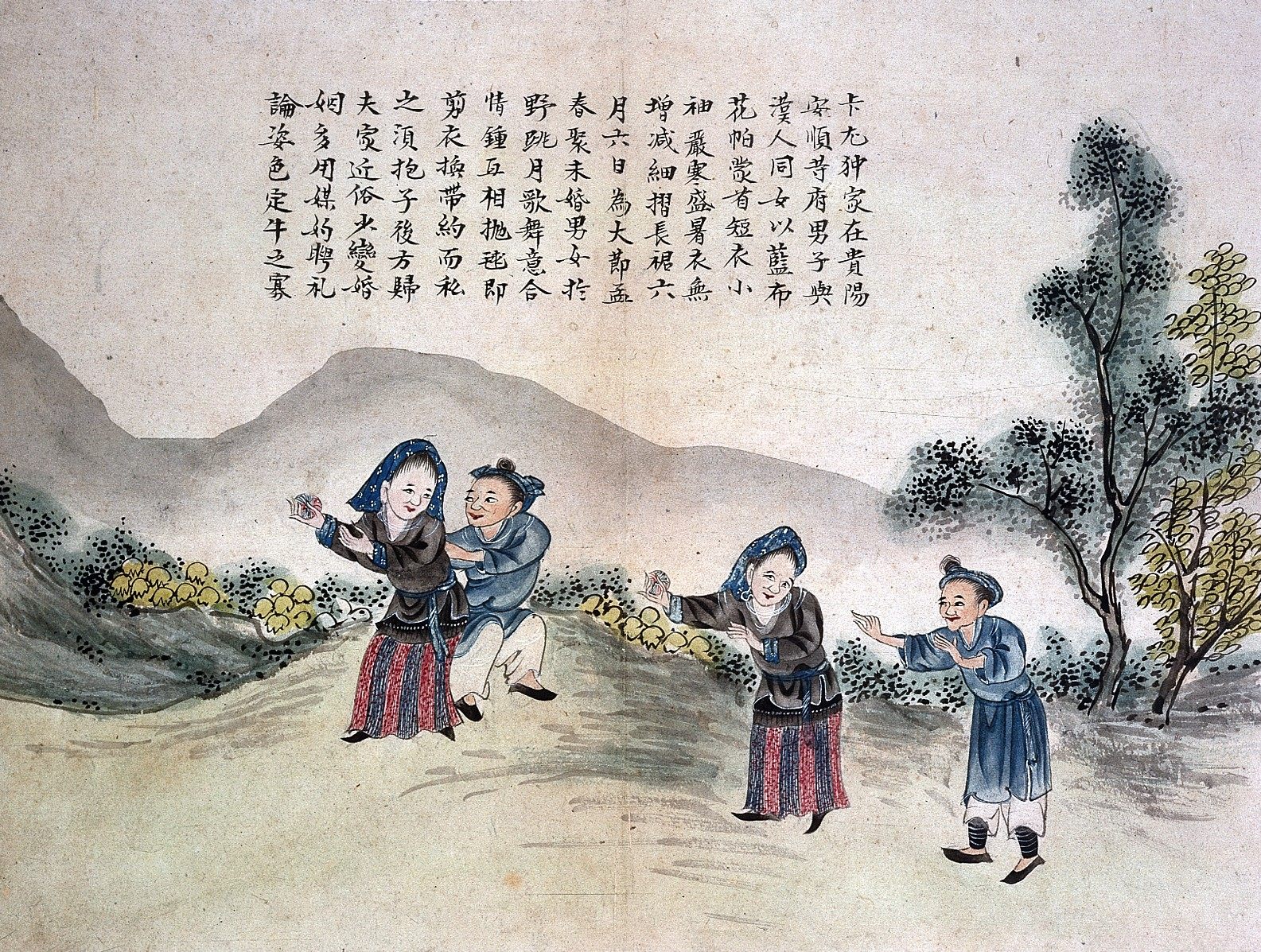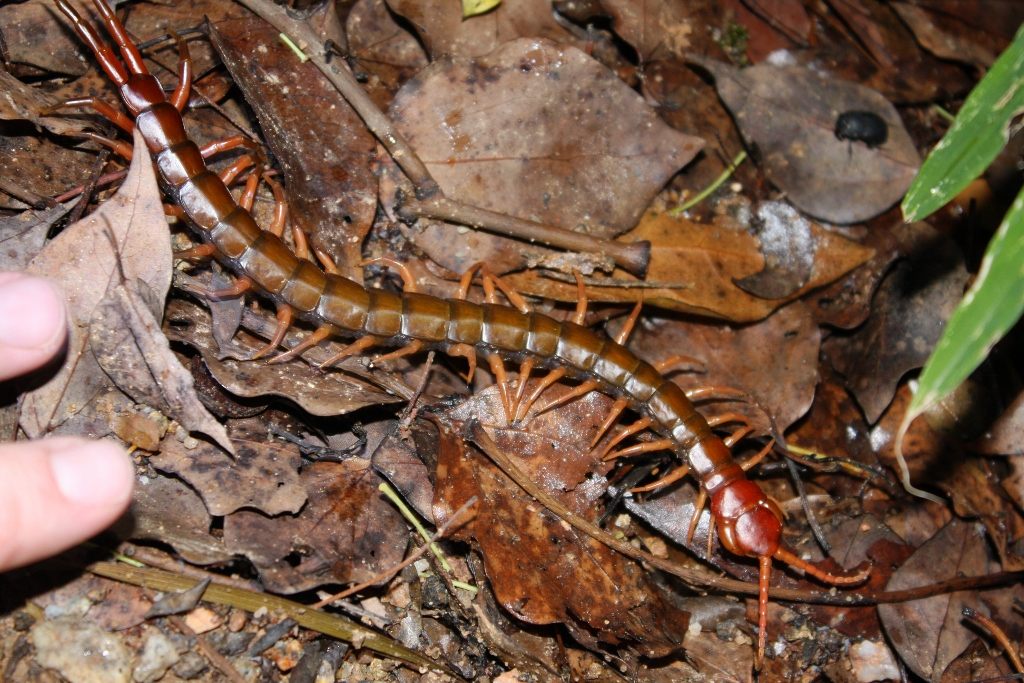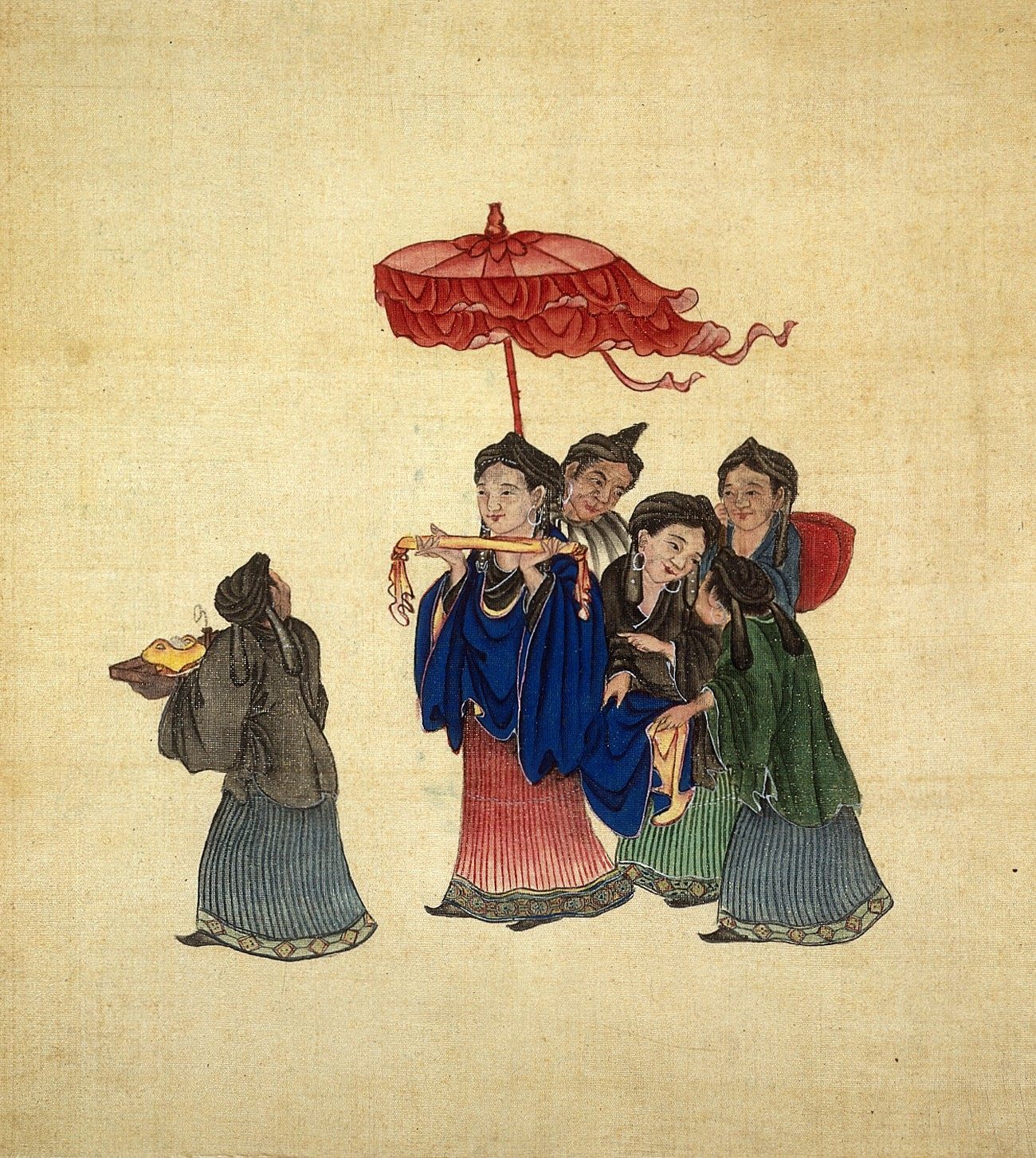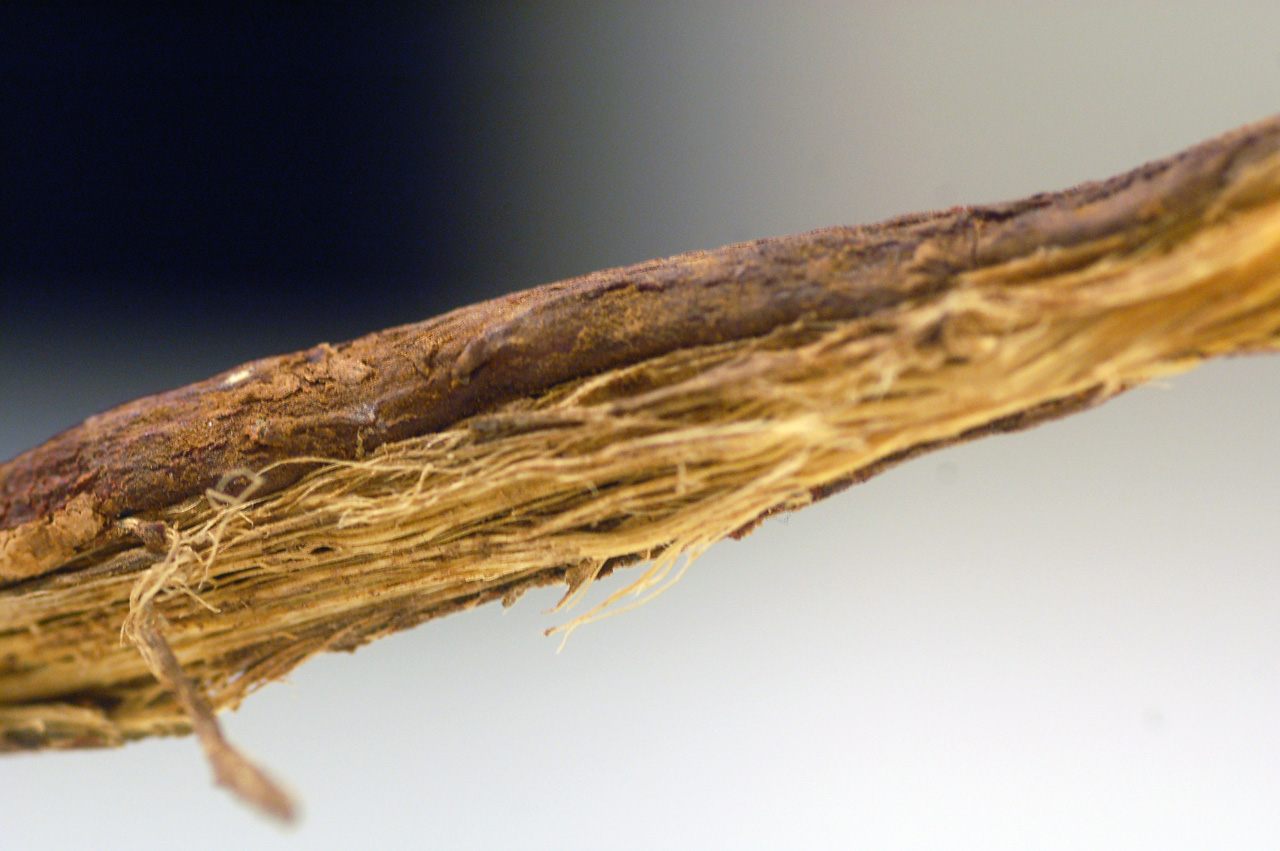The Legendary Chinese Poison Made by Forcing Snakes, Scorpions, and Centipedes to Fight
“Gu” was a mythological substance born from fear, with a dramatic backstory.

In the mid-18th century, accepting the hospitality of women in the southern mountain regions of China presented an unusual risk. People told tales of women who seduced travelers, feeding men meals laced with a powerful poison known as gu poison to keep their lovers from returning to their homes in the north.
Gu poison, so the stories went, was collected by sealing venomous snakes, scorpions, and centipedes in a jar and forcing them to fight and devour each other. The surviving creature containing a concentrated toxin. Gu poison was considered a slow-acting poison. It was said to have no taste, allowing unsuspecting victims to go about their normal lives for as long as 10 days before they started feeling ill.
In the mountains, if a man was poisoned with gu and managed to return to his lover’s home within the time he had promised, his lover would treat him with an antidote. But if he did not, he would be consumed from the inside out, the gu poison causing, “his heart and abdomen to swell and ache because the poison gnaws him from within,” writes John Hopkins University history of medicine professor Marta Hanson in Speaking of Epidemics in Chinese Medicine.
Dating as far back as 610, gu is also described as a form of black magic and witchcraft with the poison being a central part of the practice. Concocting a strong formula of gu poison required the “five poisonous creatures” in China: the viper, centipede, scorpion, toad, and spider. The poisonous insects, worms, and reptiles, referred to as “chong,” were thought of as evil spirits or demons that possessed a vessel, or the human body. Gu poison has been associated with several regions and peoples in China throughout history, but was most commonly linked to the Lingnan and Miao women, minorities of the south—creating stigmas based on northern prejudice.

There are several methods for formulating the perfect gu poison, according to Xu Chunfu, an official in the imperial medical bureau, who wrote about gu in 1556. The most well-known recipe is to gather different kinds of the “five poisonous creatures” and place them in a jar to fight. This done on the day of the Dragon Boat Festival, which is the fifth day of the fifth lunar month. Some say that the jar is kept in darkness for up to the year. The body of the remaining venomous creature, which has eaten the others in the jar, will become the source of the lethal poison.
Xu also describes another recipe in which the gu sorcerer kills a poisonous snake, mixes it with an assortment of herbs, and sprinkles the body with water. The snake is left alone for a few days, until its meat decays and begins to grow mold. The body is ground into a powder and slipped into wine.

“In medicine, gu poisoning became an indicator of sources of danger: sexual indulgence, sorcery, non-Han peoples, and native poisons,” writes Hanson. “During the later periods, particularly during the Sui (581-617) and Tang dynasties (618-907), Chinese sources begin to associate gu poisoning with specific methods of magic attributed to minority cultures.”
Gu poison connections with the Miao and Lingnan regions began popping up around the 17th century, with fears heightened in the mid-18th century. The timing was no coincidence, according to Hanson. Descriptions of gu poisoned victims increased just after the Miao rebellion of 1735 and 1736. Northern Chinese disagreed with the Miao’s agriculture, social structure, culture, and particularly the independence of women. Miao women were thought of as “barbaric,” with their unbound feet, scanty dress, premarital sexual freedom, and ability to hunt and farm alongside men, writes Louisa Schein in Minority Rules: The Miao and the Feminine in China’s Cultural Politics.
After not being able to successfully instill northern Chinese influence in these regions, gu poison lore and gossip spread throughout the land to enforce ethnic boundaries out of fear of intermarriage with the Miao people, writes Norma Diamond in the journal Ethnology: “It is the tribal women who are repeatedly cited as a source of danger, rather than armed men threatening the stability of Chinese rule over the area.”

In 1556, Xu described the deep anxieties of gu poisoning. He explained that when the poison settles in the body it consumes the victim from the inside out with an internal burning. Symptoms are similar to heat exhaustion, the cursed lover experiencing prolonged fevers, loss of appetite and weight, and producing vomit like “soft (or rotten) cotton.”
“By analogy, a woman who seduced a man though magical means came to be thought of as practicing gu poisoning,” Hanson writes in her dissertation. In most stories, victims of gu poisoning were men. Legend says that after several days of love making, a woman may forbid her lover to return home and prepare a “fixed-time-of-year” gu poisoning, thereby killing the man if he does not return at the time he promises. However, there were some rumors that women, particularly the Miao women, captured children and fed them to their poisonous gu creatures. When the gu insects were fed young boys and girls, they defecated in shades of silver and gold.
Despite the lack of confirmed accounts, widespread fear of gu poisoning led to a boon of various methods to detect and cure it. Jiangnan physician Zhang Lu wrote in the 17th century of a method to detect gu poisoning in the Lingnan region: “If you eat in the homes [of people who live there] immediately take rhinoceros horn and stir [the food] with it. If [the food] develops a white foam, it is poisonous, if there is no foam, it is not.”

Chen Guoqun wrote in 1942 that travelers should carry silver-tipped chopsticks and dip them into food and drink offered in a Miao home. If the silver points change color, the food may be poisoned, he reasoned. Xu Chunfu wrote about 15 formulas that each treat a different kind of gu poisoning. These should be taken immediately after feeling any kind of discomfort in limbs after eating food.
“This antidote was built on male fantasy and fear of intimate relations with Lingnan [and Miao] women,” Hanson writes in Speaking of Epidemics in Chinese Medicine.
Gu poison’s make-believe tales were a product of prejudice against minority groups. Its association with the Miao and Lingnan women persisted into the end of the 19th century, with some scholars even writing that the Miao were prohibited from attending markets in various places in China in the 1900s. The fear of gu and associated judgement of outsiders has since diminished, and serves as a compass for historians trying to better understand differences between cultures in China.
While the story of gu poison may be that of folklore, its impacts created real geographic and ethnic boundaries that lasted for centuries. But the idea of a sealed container of fighting deadly creatures has sparked imagination. Today, gu poison’s legend lives on, the famous toxin playing significant roles in the film Crouching Tiger, Hidden Dragon and the television Sleepy Hollow as a method to manipulate lovers and cause death.




















Follow us on Twitter to get the latest on the world's hidden wonders.
Like us on Facebook to get the latest on the world's hidden wonders.
Follow us on Twitter Like us on Facebook